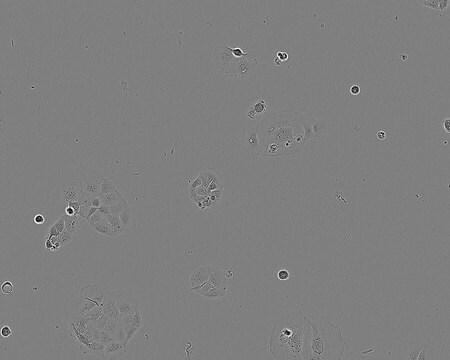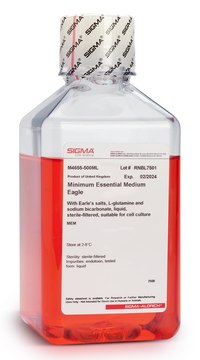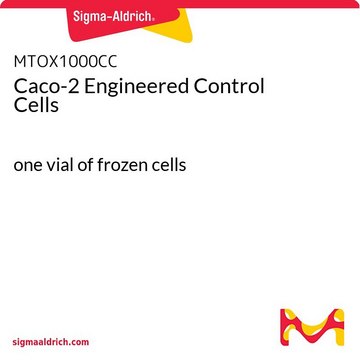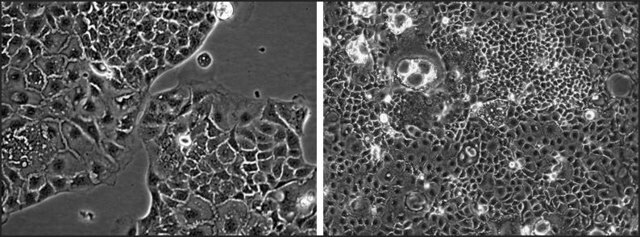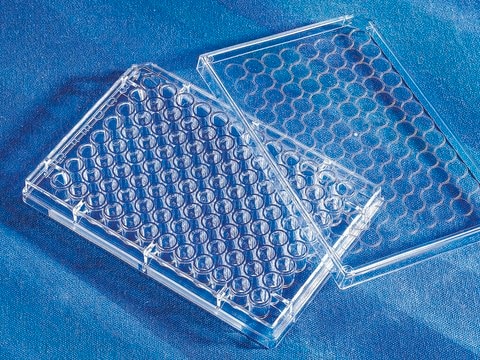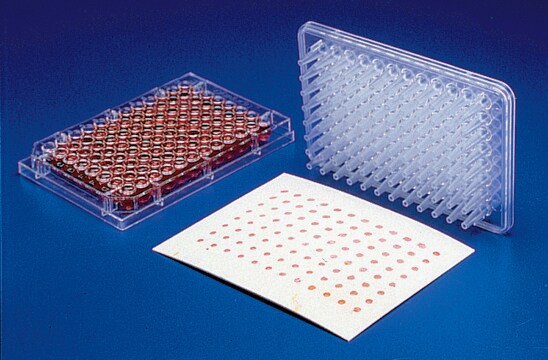09042001
CACO-2
human cervix, Epithelial
Synonyme(s) :
Caco-II Cells, Caco2 Cells
About This Item
Produits recommandés
Nom du produit
CACO-2, Caucasian colon adenocarcinoma
Source biologique
human colon
Niveau de qualité
Forme
liquid
Mode de croissance
(Adherent)
Caryotype
(Hypertetraploid, modal no. 96)
Morphologie
Epithelial
Produits
Not specified
Récepteurs
Not specified
Technique(s)
cell culture | mammalian: suitable
Maladie(s) pertinente(s)
cancer
Conditions d'expédition
dry ice
Température de stockage
−196°C
Origine de la lignée cellulaire
Description de la lignée cellulaire
Application
CACO-2 may be used as a cell model to study:
- in vitro permeability assay with various biopharmaceuticals
- in iron uptake and absorption studies
- in the cytotoxicity assay with surfactants and transporter inhibitors
- in liposome formulated drug uptake and cytotoxicity studies
Actions biochimiques/physiologiques
Profil d'ADN
Amelogenin: X
CSF1PO: 11
D13S317: 11,13,14
D16S539: 12,13
D5S818: 12,13
D7S820: 11,12
THO1: 6
TPOX: 9,11
vWA: 16,18
Milieu de culture
Procédure de repiquage
Autres remarques
Clause de non-responsabilité
Code de la classe de stockage
10 - Combustible liquids
Classe de danger pour l'eau (WGK)
WGK 3
Point d'éclair (°F)
188.6 °F - closed cup
Point d'éclair (°C)
87 °C - closed cup
Faites votre choix parmi les versions les plus récentes :
Certificats d'analyse (COA)
Désolés, nous n'avons pas de COA pour ce produit disponible en ligne pour le moment.
Si vous avez besoin d'assistance, veuillez contacter Service Clients
Déjà en possession de ce produit ?
Retrouvez la documentation relative aux produits que vous avez récemment achetés dans la Bibliothèque de documents.
Notre équipe de scientifiques dispose d'une expérience dans tous les secteurs de la recherche, notamment en sciences de la vie, science des matériaux, synthèse chimique, chromatographie, analyse et dans de nombreux autres domaines..
Contacter notre Service technique